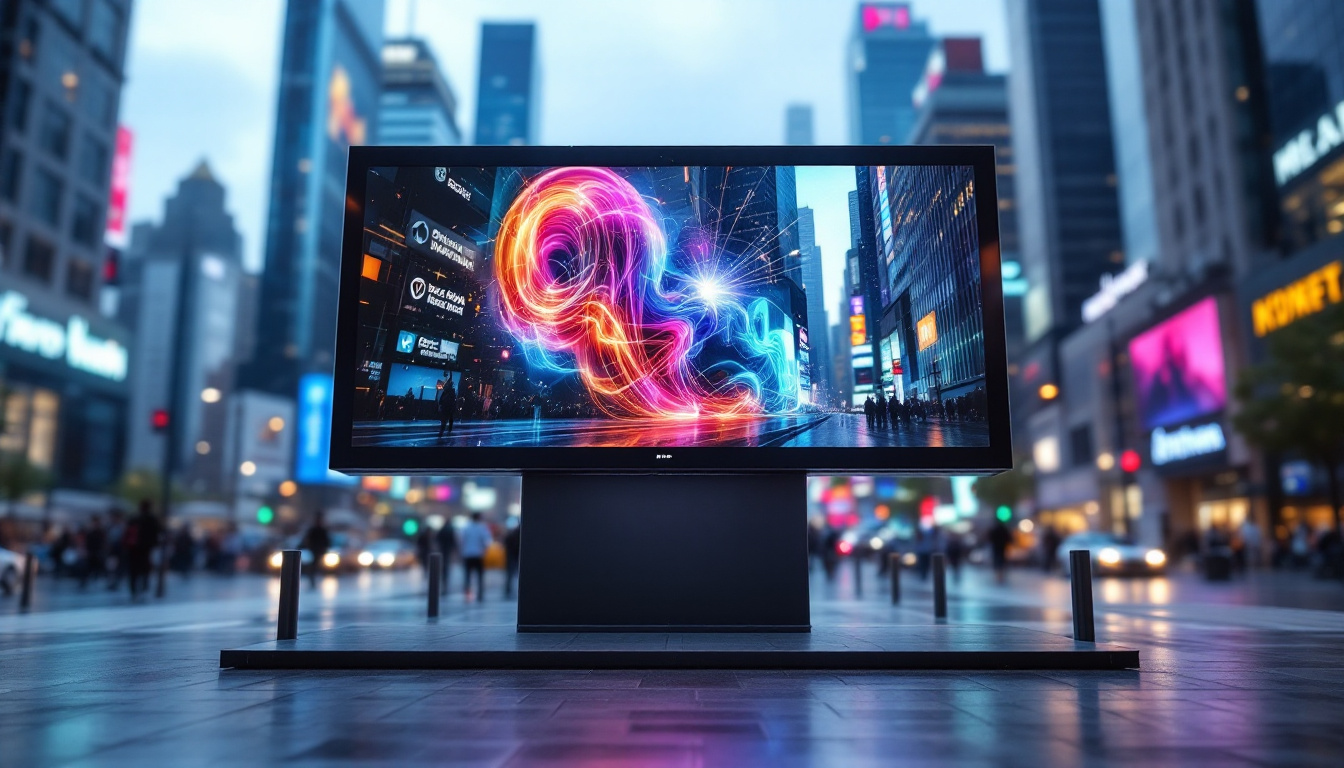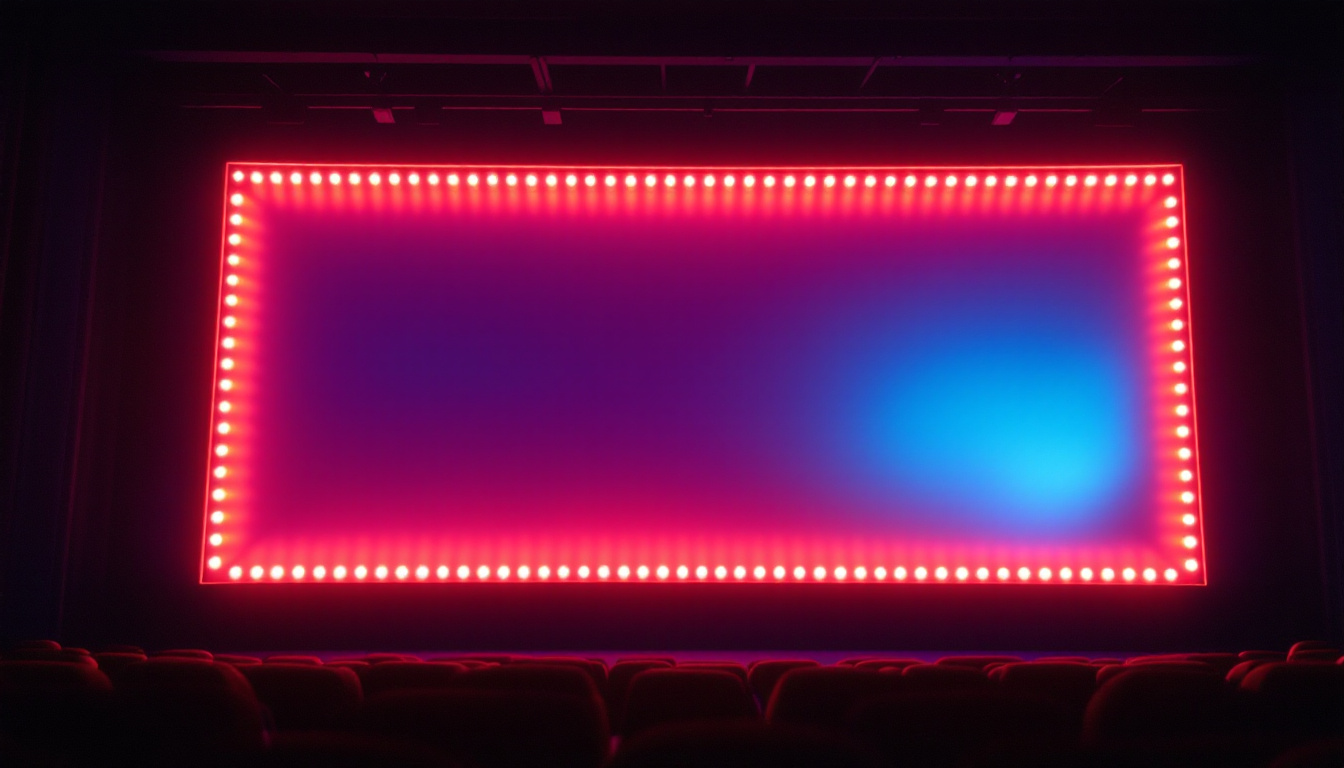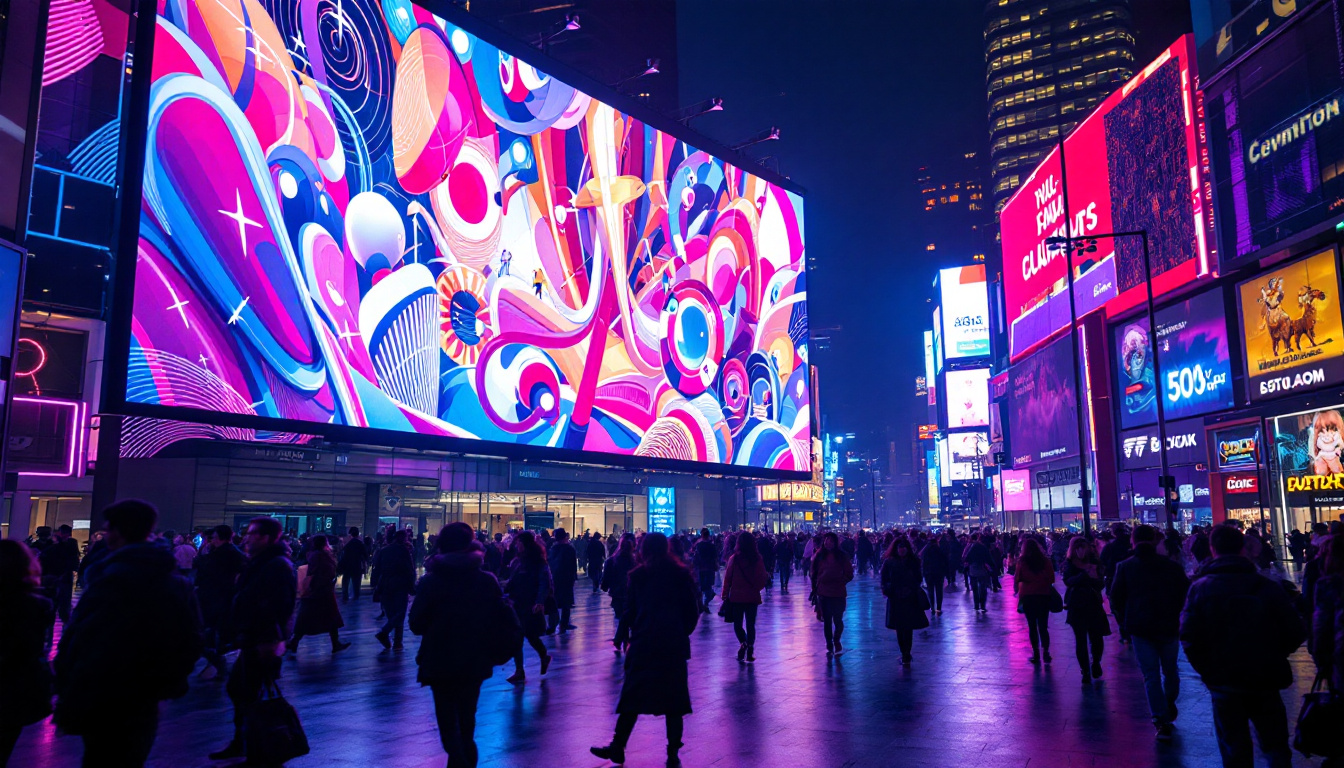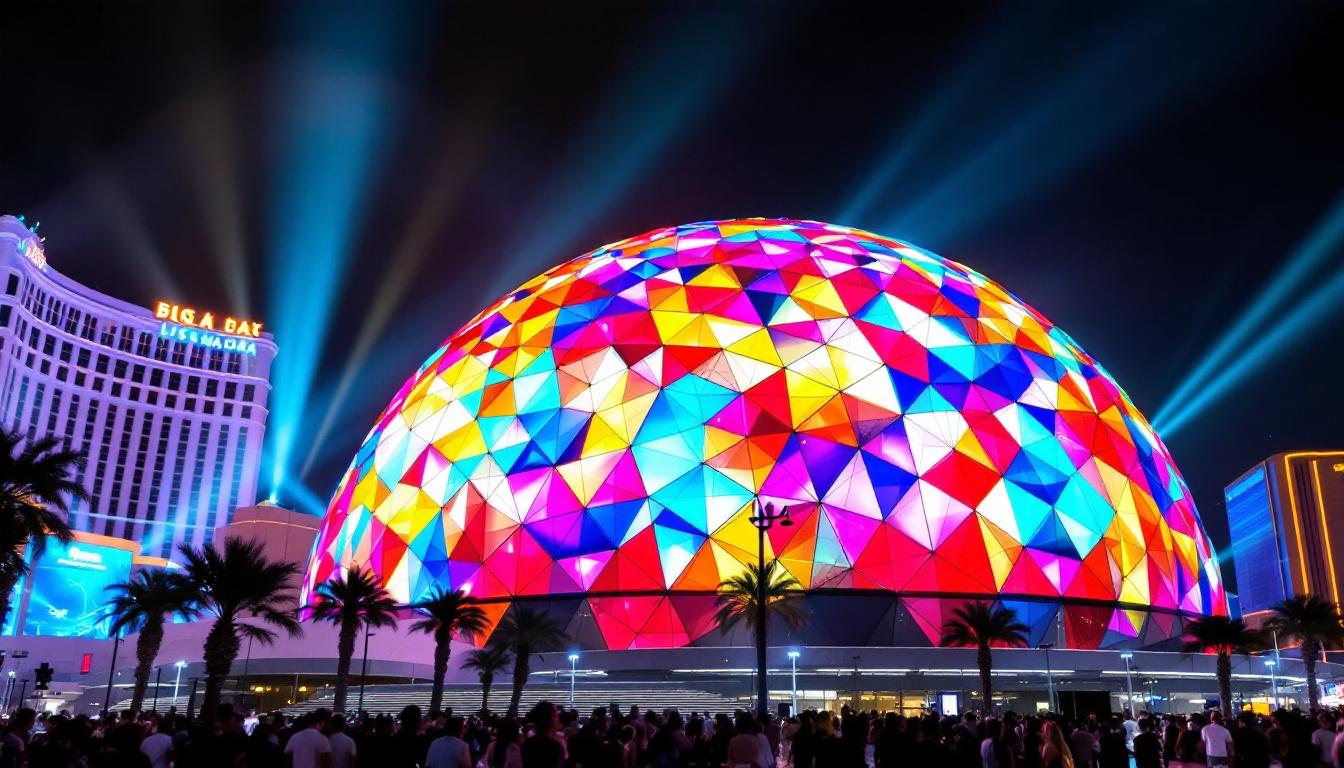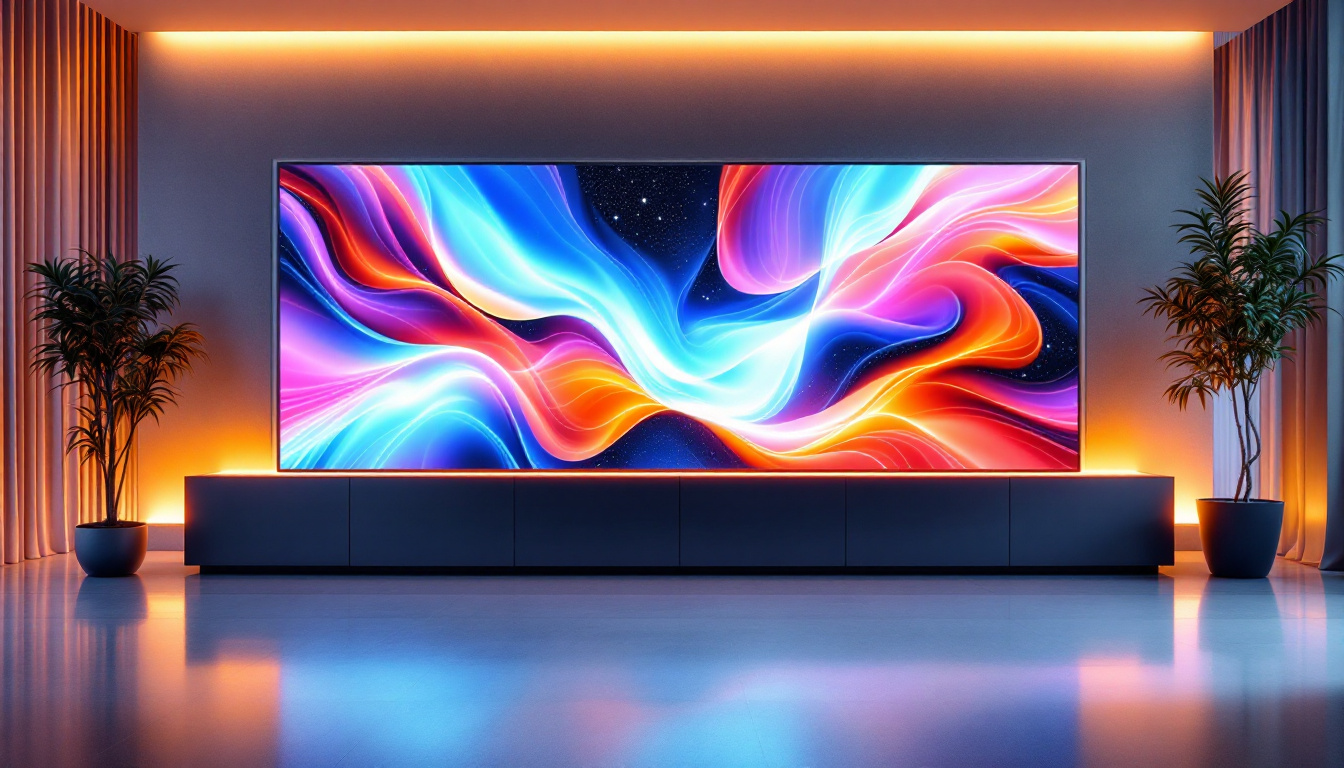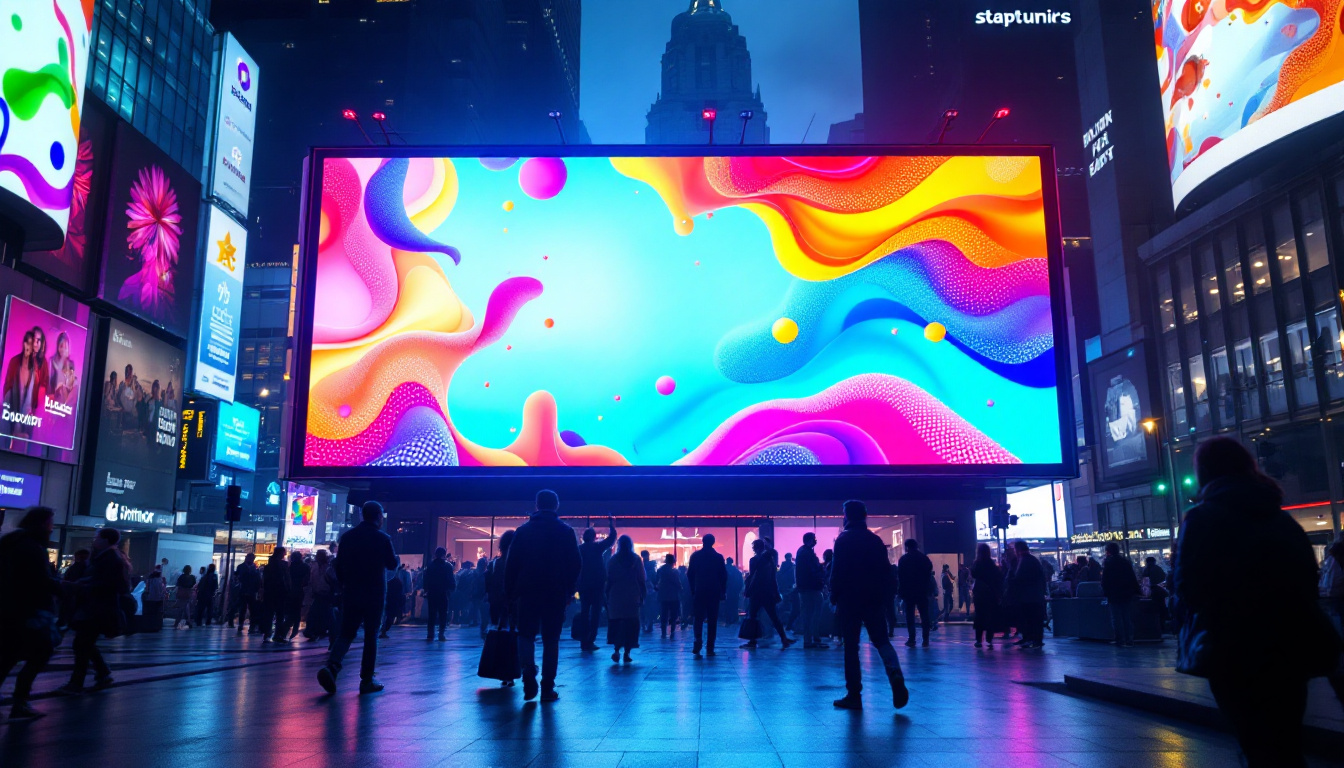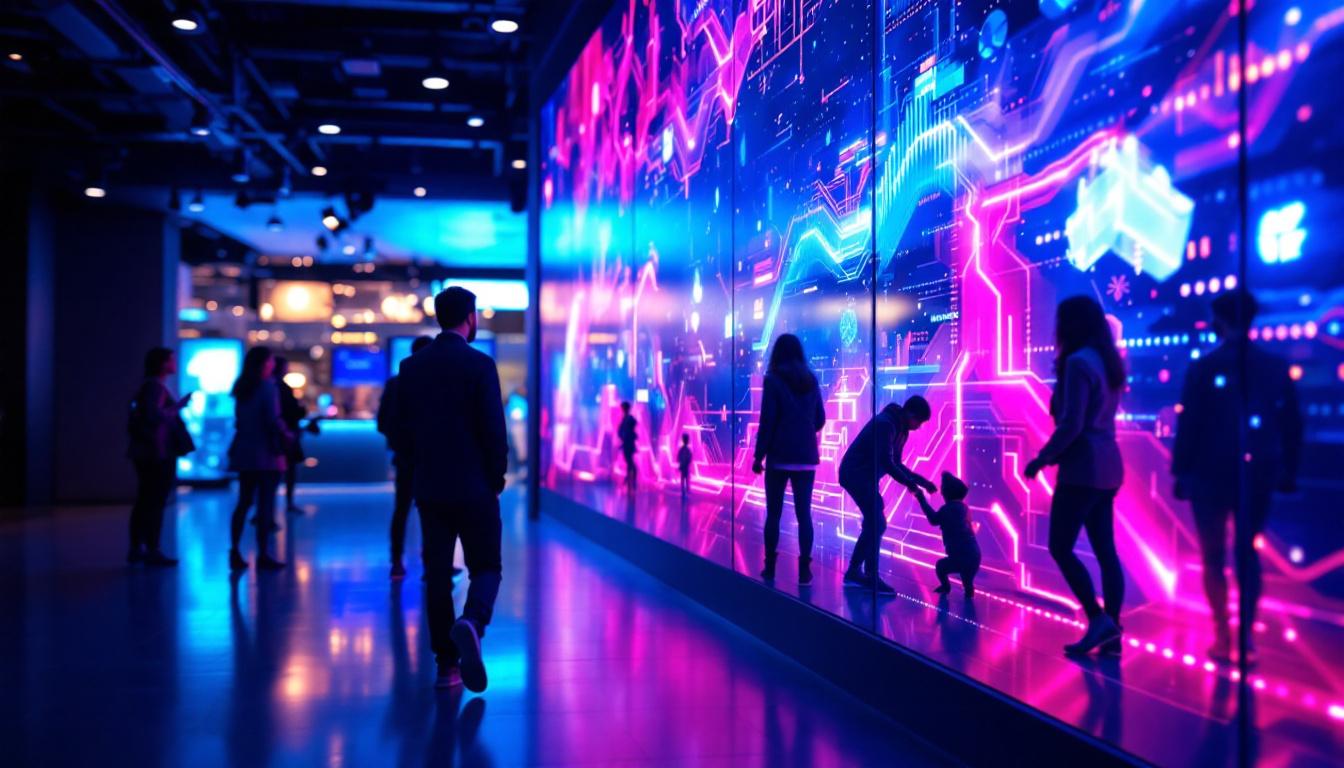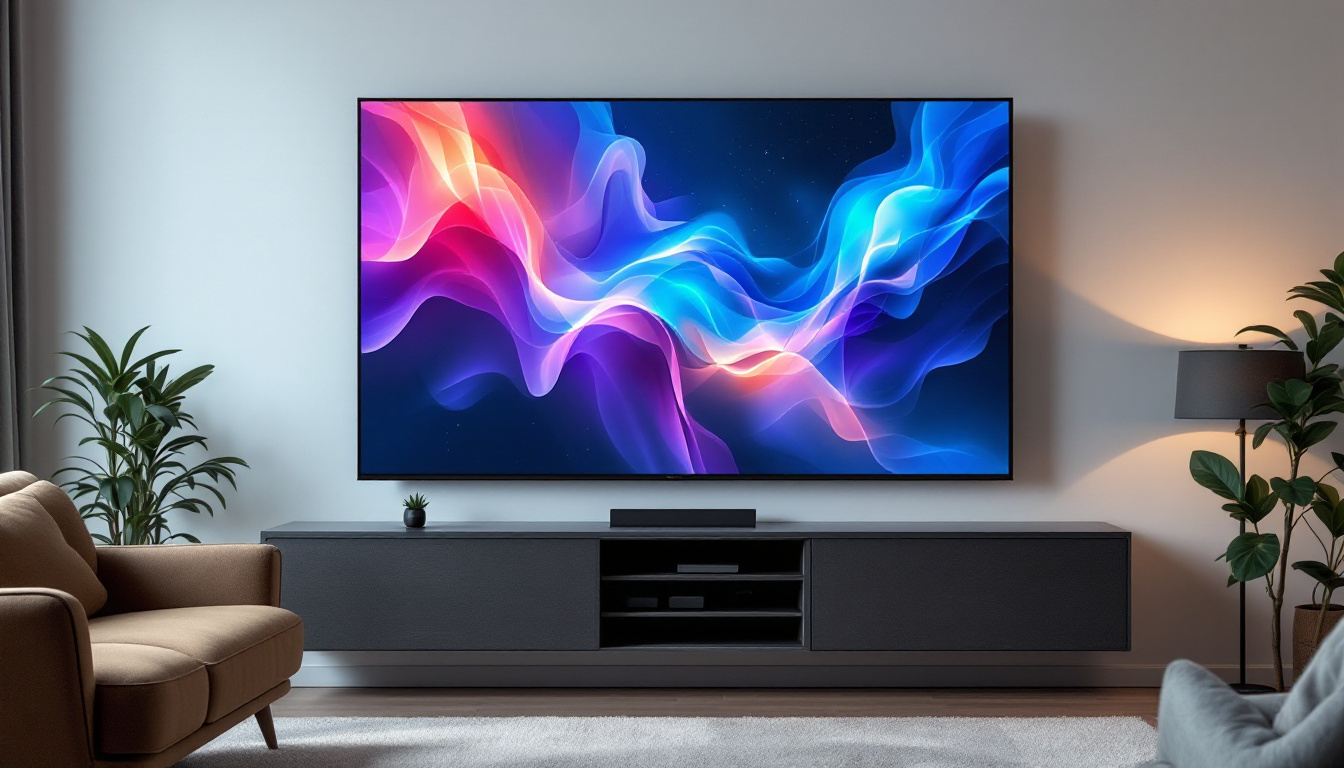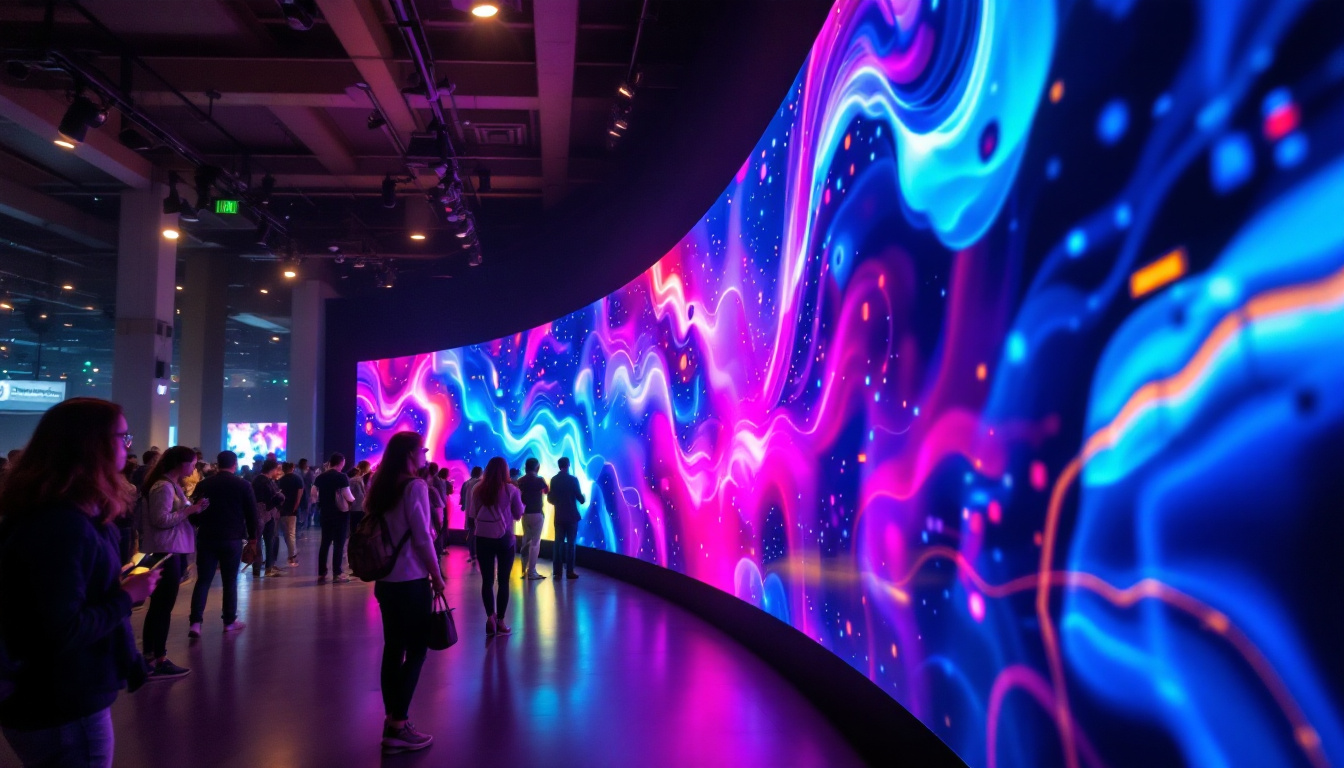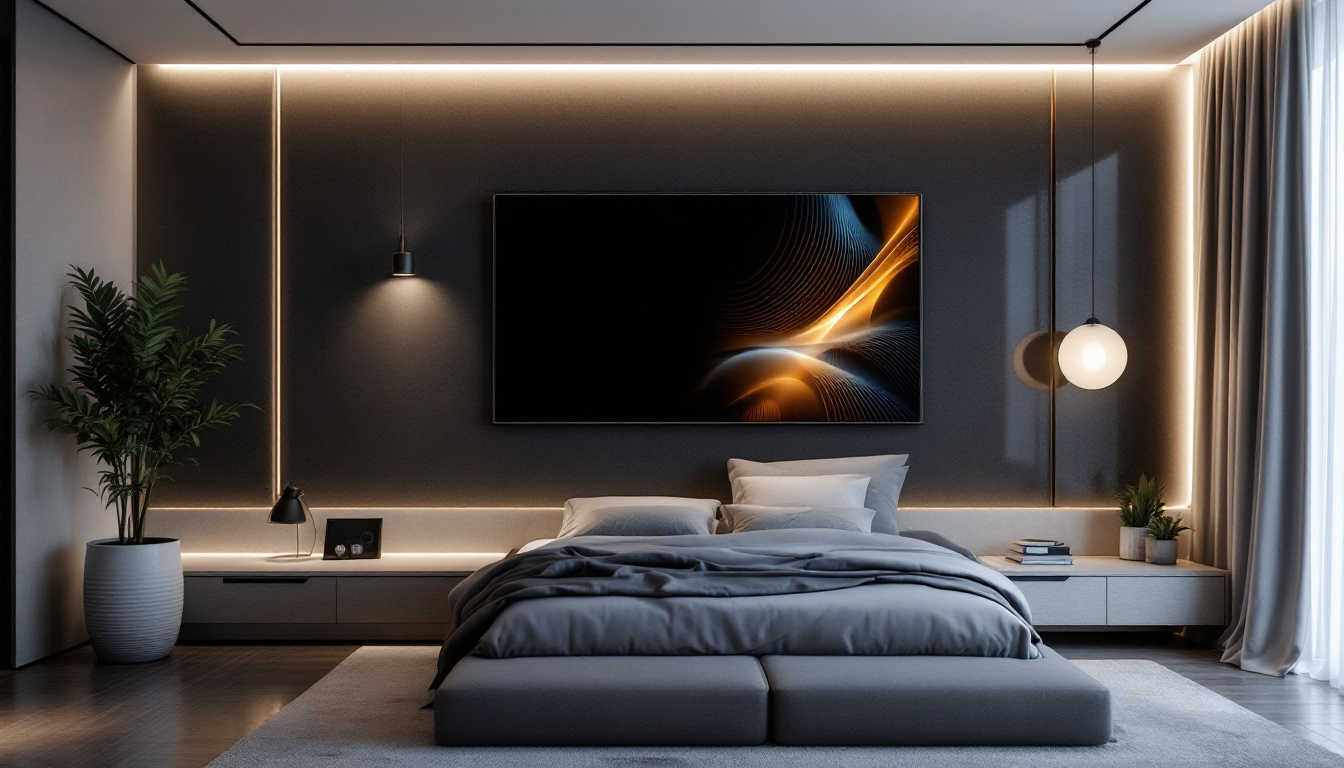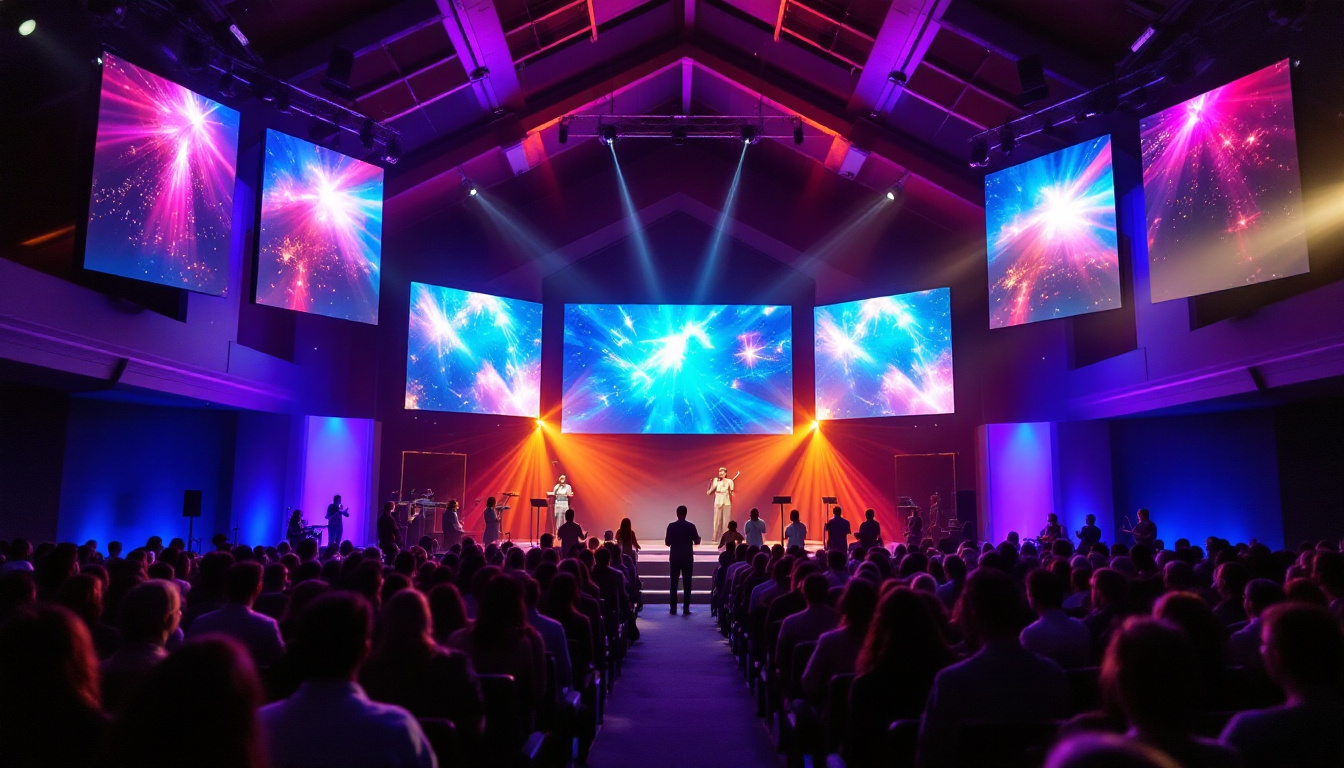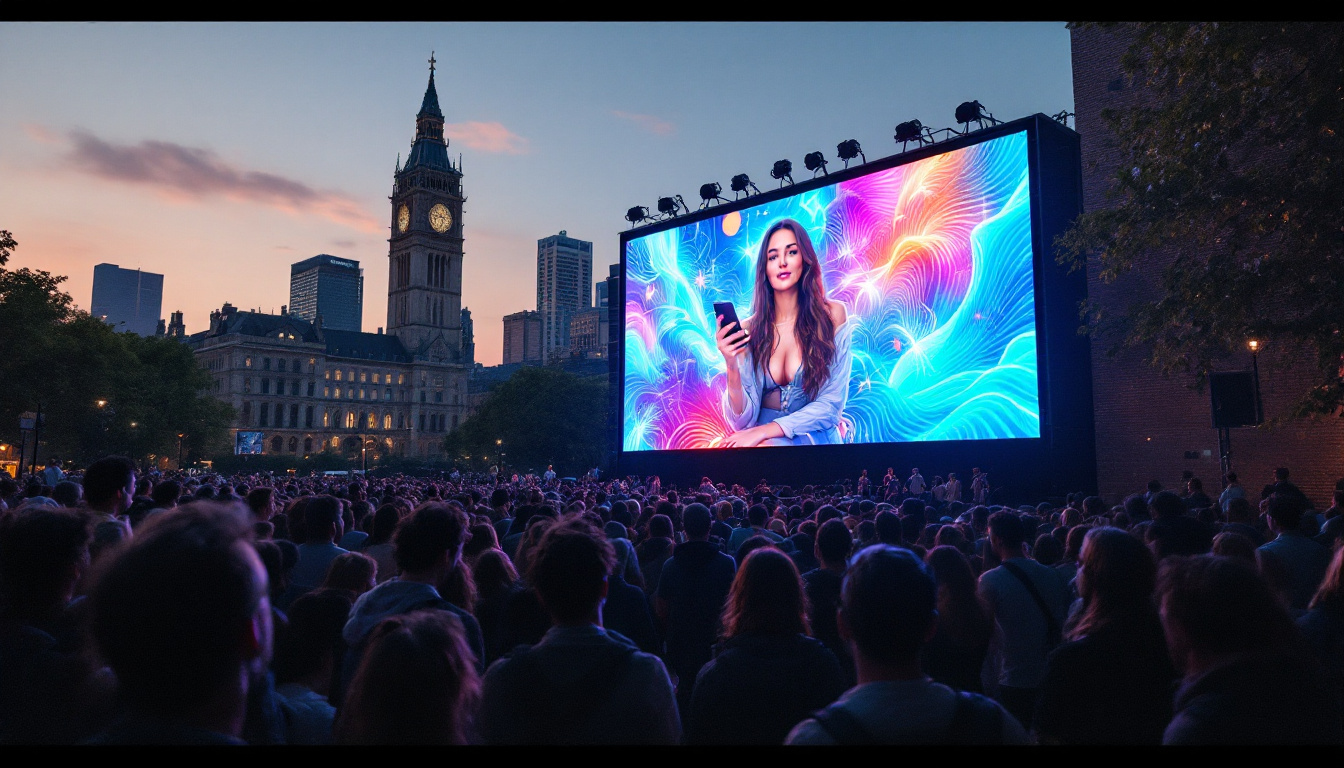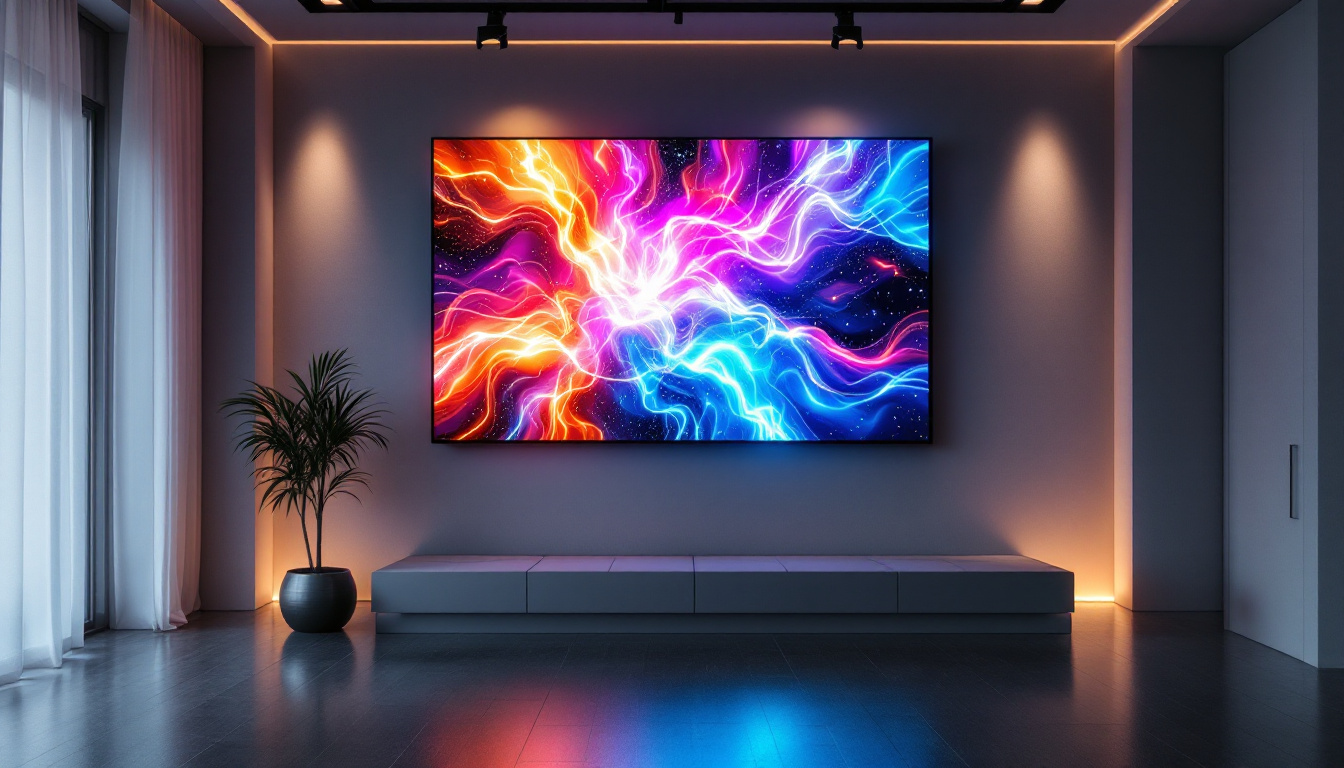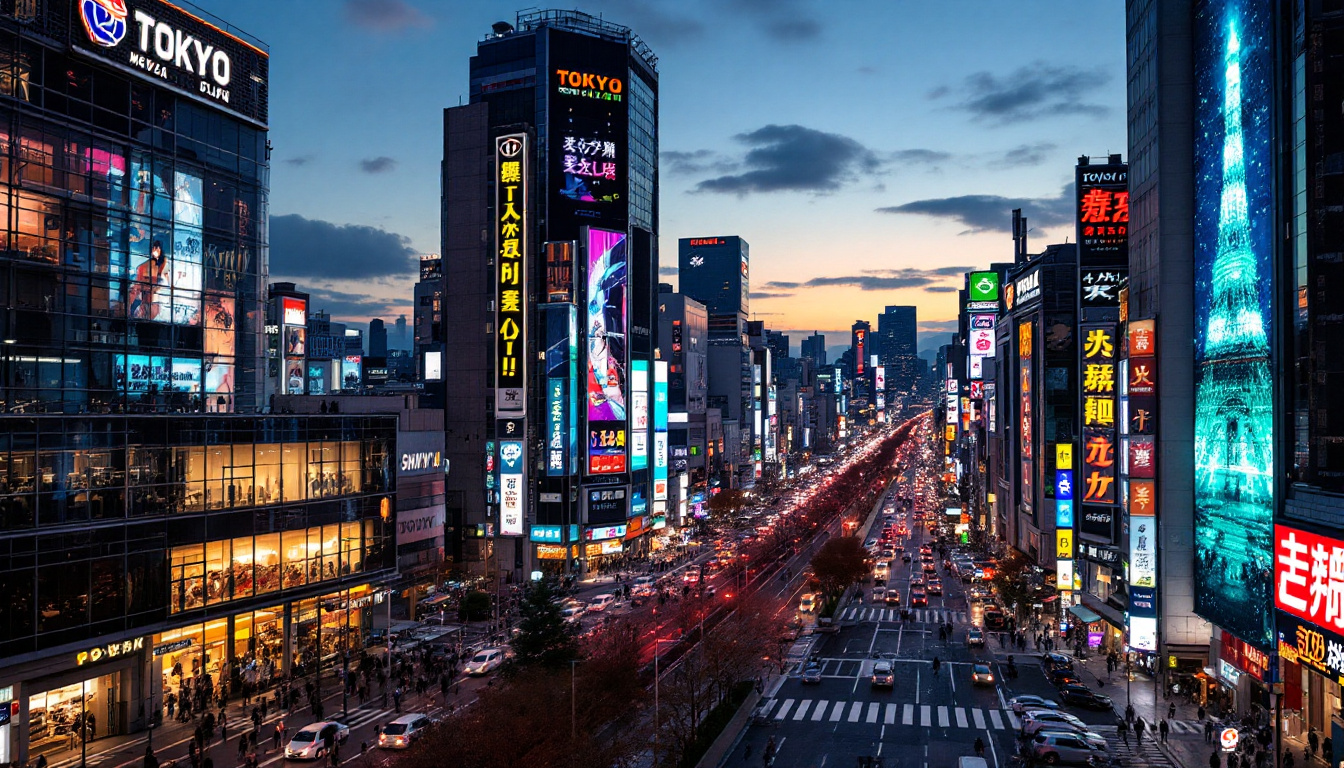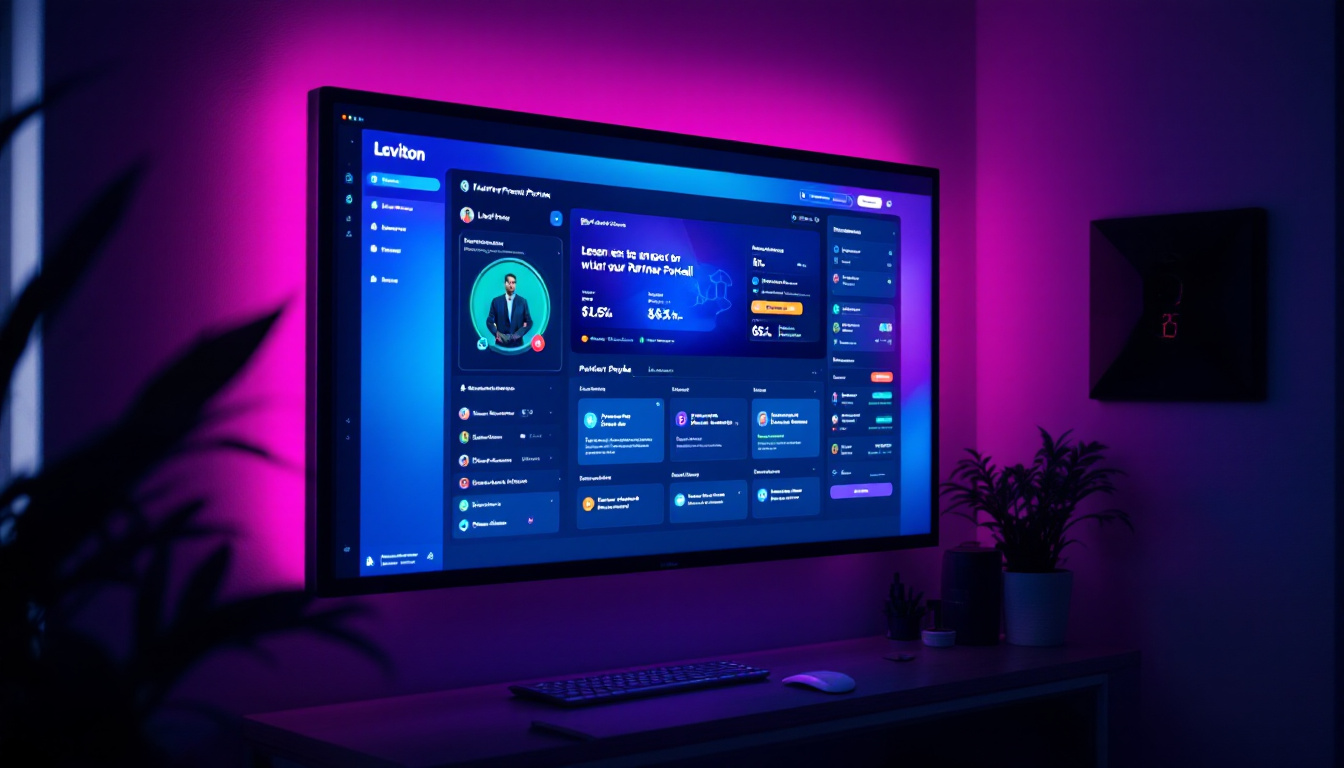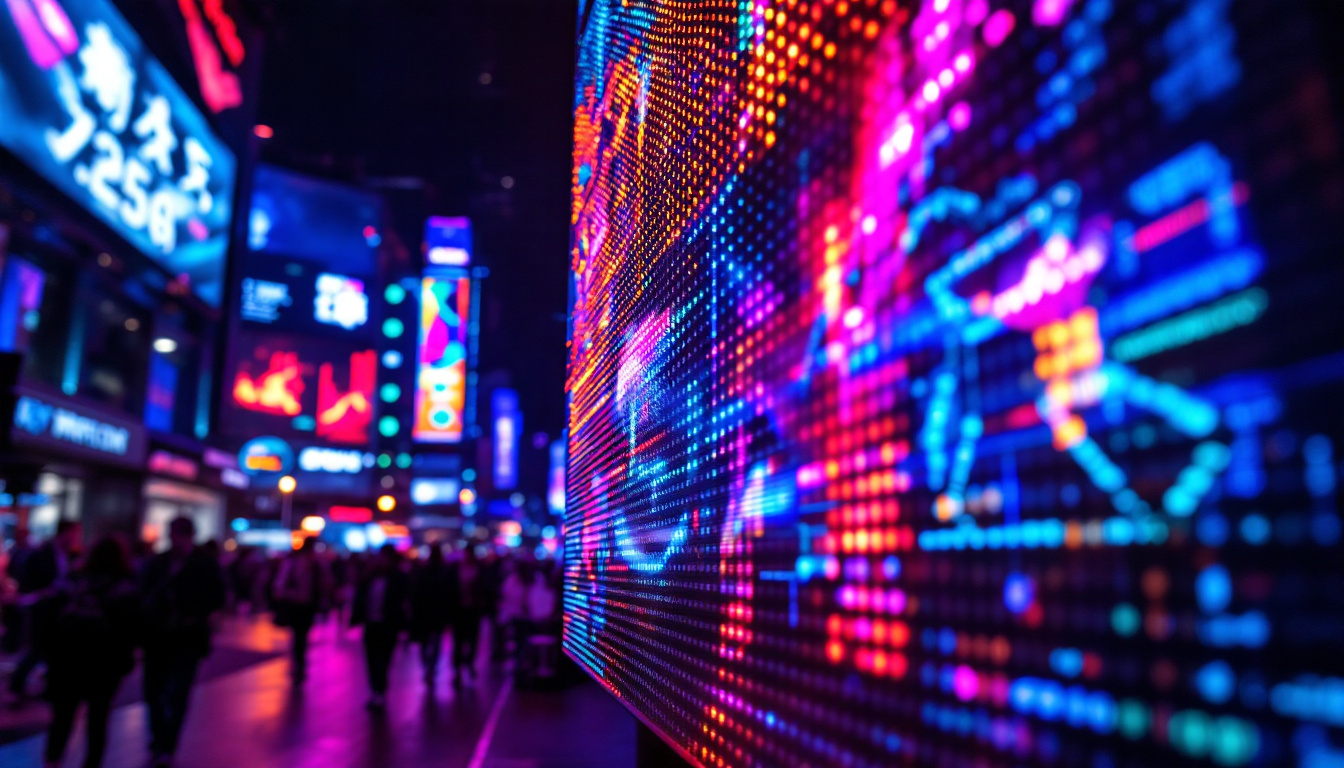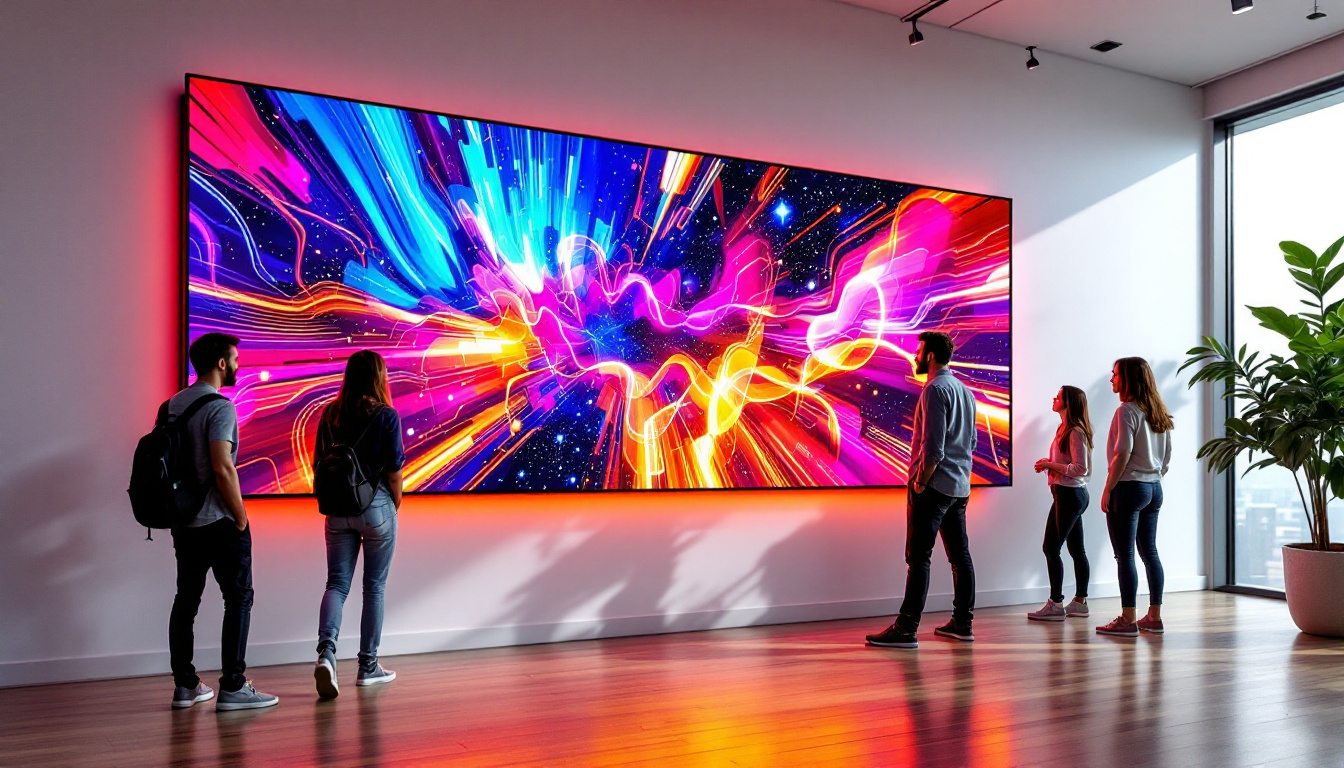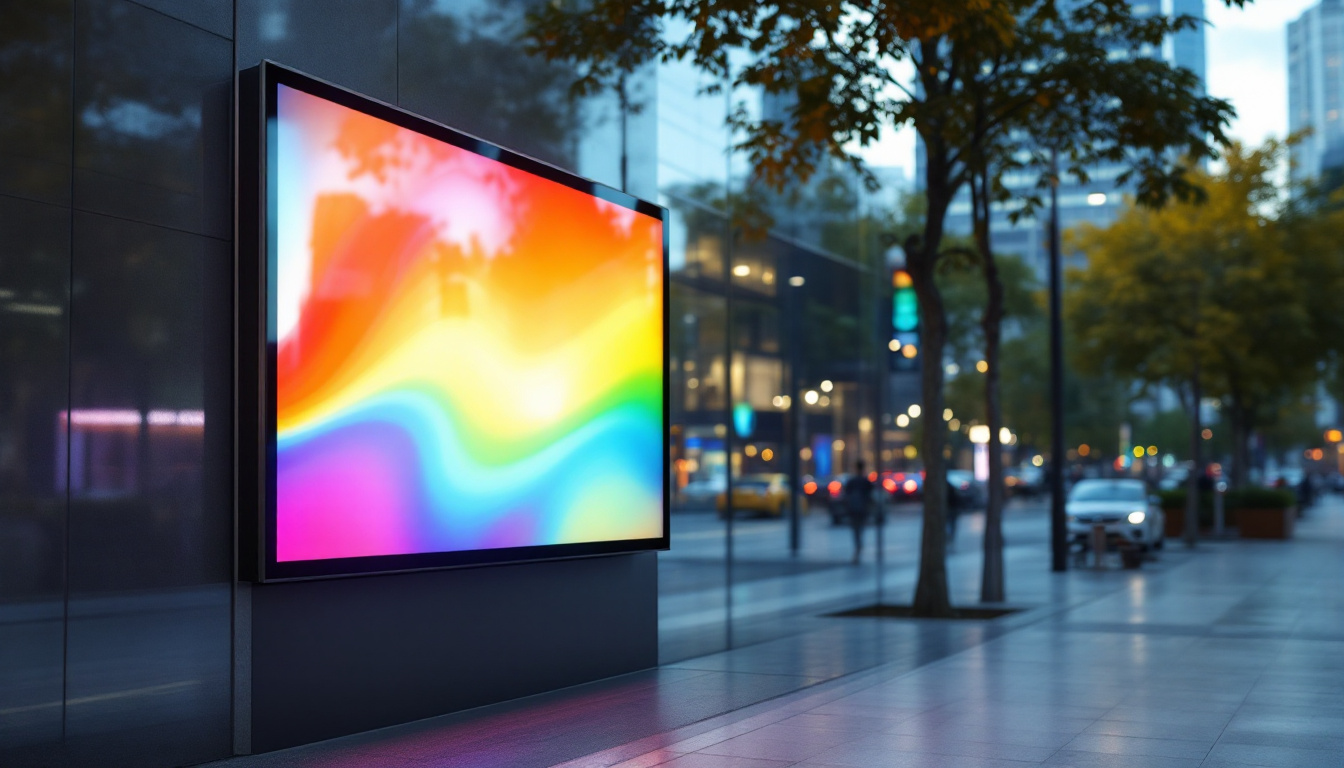In the dynamic world of advertising, the use of LED displays has revolutionized the way brands communicate with their audiences. These vibrant, eye-catching displays are not just a trend; they represent a significant shift in how information is conveyed in public spaces. This article delves into the intricacies of LED displays, exploring their technology, applications, and the advantages they offer to advertisers.
Understanding LED Technology
Light Emitting Diodes (LEDs) are semiconductor devices that emit light when an electric current passes through them. This technology is at the heart of LED displays, allowing for bright, colorful images and videos that capture attention. The fundamental components of an LED display include the LED modules, control systems, and power supplies, all working in harmony to create a seamless visual experience. The efficiency and longevity of LEDs have made them a popular choice across various industries, significantly reducing energy consumption compared to traditional lighting solutions.
How LED Displays Work
At the core of an LED display are individual LED pixels, which can be combined to form larger screens. Each pixel consists of red, green, and blue (RGB) diodes that blend together to create a full spectrum of colors. By adjusting the intensity of each color, the display can produce a wide range of hues and shades, allowing for stunning visuals. This ability to mix colors at a granular level is what enables LED displays to render everything from vivid graphics to subtle gradients with remarkable precision.
The control system plays a crucial role in managing the content displayed. It receives signals from a computer or media player, converting them into a format that the LED display can interpret. This allows for real-time updates, enabling advertisers to change their messages quickly and efficiently. Furthermore, advanced control systems can synchronize multiple displays, creating dynamic video walls that enhance the visual impact in high-traffic areas, such as malls or stadiums.
Types of LED Displays
LED displays come in various types, each suited for different applications. The most common types include:
- Indoor LED Displays: These are designed for use in enclosed spaces, such as shopping malls, airports, and conference rooms. They typically have a higher pixel density, resulting in sharper images viewed from close distances. Indoor displays often feature advanced technologies like high refresh rates, which are essential for smooth video playback and minimizing motion blur.
- Outdoor LED Displays: Built to withstand the elements, outdoor displays are larger and brighter, ensuring visibility even in direct sunlight. They are often used for billboards, sports arenas, and public events. These displays are engineered with protective coatings and robust casings to resist weather conditions, dust, and debris, making them reliable for long-term outdoor use.
- Transparent LED Displays: These innovative displays allow for visibility through the screen, making them ideal for storefronts and exhibitions. They provide a unique way to showcase products while maintaining an open feel. The transparency of these displays enables businesses to attract customers without obstructing views, blending digital content seamlessly with the physical environment.
In addition to these common types, there are also specialized LED displays, such as flexible LED screens that can be curved or shaped to fit unconventional spaces. These flexible options open up new possibilities for creative installations in both commercial and artistic settings. Moreover, advancements in LED technology, such as MicroLEDs and MiniLEDs, are pushing the boundaries of display resolution and color accuracy, promising even more immersive experiences in the near future.
Applications of LED Displays
LED displays have found their way into various sectors, transforming the way information is shared and consumed. From advertising to entertainment, their versatility is unmatched.
Advertising and Marketing
One of the most prominent applications of LED displays is in advertising. Brands leverage these screens to showcase their products in vibrant colors and dynamic formats. The ability to display video content, animations, and real-time updates makes LED displays a powerful tool for marketers.
Moreover, the strategic placement of LED displays in high-traffic areas maximizes visibility and engagement. Advertisers can target specific demographics by choosing locations that align with their audience, resulting in higher conversion rates. The interactive capabilities of some LED displays also allow for consumer participation, such as touch screens that enable users to explore products in-depth or engage in promotional games, further enhancing the effectiveness of marketing campaigns.
Entertainment and Events
In the entertainment industry, LED displays serve as a crucial element in concerts, festivals, and sporting events. They enhance the audience’s experience by providing live feeds, graphics, and visual effects that complement performances. The immersive nature of LED displays captivates viewers, making events more memorable.
Additionally, event organizers can use LED displays for branding, sponsorships, and information dissemination, further enhancing the overall experience for attendees. For instance, during major sporting events, LED screens can display instant replays, player statistics, and fan interactions, creating a more engaging atmosphere. The flexibility of LED technology also allows for creative stage designs, where screens can be integrated into the set itself, transforming the visual landscape of performances and making them more dynamic.
Information and Wayfinding
Beyond advertising, LED displays are increasingly used for informational purposes. Airports, train stations, and public transit systems utilize these screens to provide real-time updates on schedules, directions, and safety information. The clarity and visibility of LED displays ensure that crucial information is communicated effectively, enhancing user experience and safety.
Moreover, in urban environments, LED displays play a vital role in wayfinding systems, helping pedestrians navigate complex spaces with ease. Interactive kiosks equipped with LED technology can provide maps, local attractions, and even emergency alerts, making them invaluable tools for both residents and tourists. As cities continue to evolve, the integration of LED displays into smart city initiatives promises to enhance connectivity and accessibility, ensuring that information is readily available to all who need it.
Advantages of LED Displays
The rise of LED displays in various applications can be attributed to their numerous advantages. Understanding these benefits is essential for businesses considering this technology for their advertising and communication needs.
High Visibility and Brightness
One of the standout features of LED displays is their brightness. Unlike traditional displays, LEDs can produce vivid colors and high contrast ratios, making them easily visible even in bright sunlight. This characteristic is particularly advantageous for outdoor advertising, where visibility is paramount.
Energy Efficiency
LED technology is known for its energy efficiency. Compared to traditional lighting methods, LED displays consume significantly less power while delivering superior brightness. This not only reduces operational costs for businesses but also contributes to environmental sustainability.
Longevity and Durability
LED displays are built to last. They have a longer lifespan compared to other display technologies, often exceeding 100,000 hours of operation. This durability makes them a cost-effective investment for businesses, as they require less frequent replacements and maintenance.
Challenges and Considerations
While LED displays offer numerous advantages, there are also challenges and considerations that businesses must address before implementation.
Initial Investment Costs
The initial cost of purchasing and installing LED displays can be significant. Businesses need to weigh the long-term benefits against the upfront investment. However, many find that the return on investment justifies the initial expenditure, especially when considering the potential for increased engagement and sales.
Content Management
Effective content management is crucial for maximizing the impact of LED displays. Businesses must invest in software and training to ensure that their content is engaging and relevant. Regular updates and creative content are essential to keep audiences interested and coming back for more.
Regulatory Compliance
Depending on the location and application, there may be regulations governing the use of LED displays. Businesses must familiarize themselves with local laws regarding signage, brightness levels, and placement to avoid potential fines or legal issues.
The Future of LED Displays
The future of LED displays looks promising, with advancements in technology paving the way for even more innovative applications. As the demand for dynamic and engaging content continues to grow, the capabilities of LED displays are expected to expand.
Integration with Smart Technologies
As smart technologies become more prevalent, the integration of LED displays with IoT (Internet of Things) devices is likely to increase. This integration could enable real-time data sharing, personalized advertising, and enhanced interactivity, creating a more engaging experience for consumers.
Advancements in Display Technology
Future developments may also include improvements in resolution and pixel density, allowing for even sharper images and more detailed content. Innovations such as flexible and foldable LED displays could open up new possibilities for creative advertising and design.
Sustainability Initiatives
As environmental concerns become more pressing, the LED display industry is likely to focus on sustainability. This may include the development of eco-friendly materials, energy-efficient designs, and recycling programs for outdated displays, ensuring that the technology aligns with global sustainability goals.
Conclusion
LED displays have transformed the landscape of advertising and communication, offering a dynamic and engaging way to connect with audiences. Their bright visuals, energy efficiency, and versatility make them an invaluable tool for businesses across various sectors. While challenges exist, the benefits far outweigh the drawbacks, making LED displays a worthy investment for the future.
As technology continues to evolve, the potential for LED displays will only expand, paving the way for innovative applications that enhance consumer engagement and brand visibility. Embracing this technology can position businesses at the forefront of modern advertising, ensuring they remain competitive in an ever-changing market.
Explore Cutting-Edge LED Display Solutions with LumenMatrix
Ready to elevate your brand’s presence and captivate your audience with stunning visuals? LumenMatrix is at the forefront of LED display innovation, offering a diverse range of solutions tailored to your unique needs. From vibrant Indoor and Outdoor LED Wall Displays to dynamic Vehicle and Sports LED Displays, our technology is designed to make an impact. Discover the possibilities with our LED Poster Displays, Floor LED Displays, Custom LED Solutions, and more. Experience the future of visual communication today and transform your advertising strategy. Check out LumenMatrix LED Display Solutions and join the revolution in digital signage.

